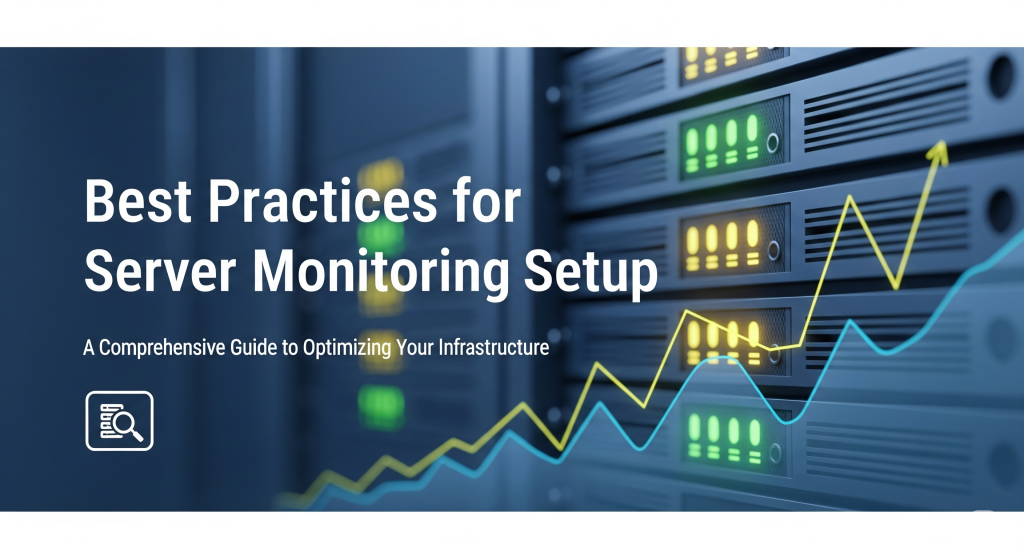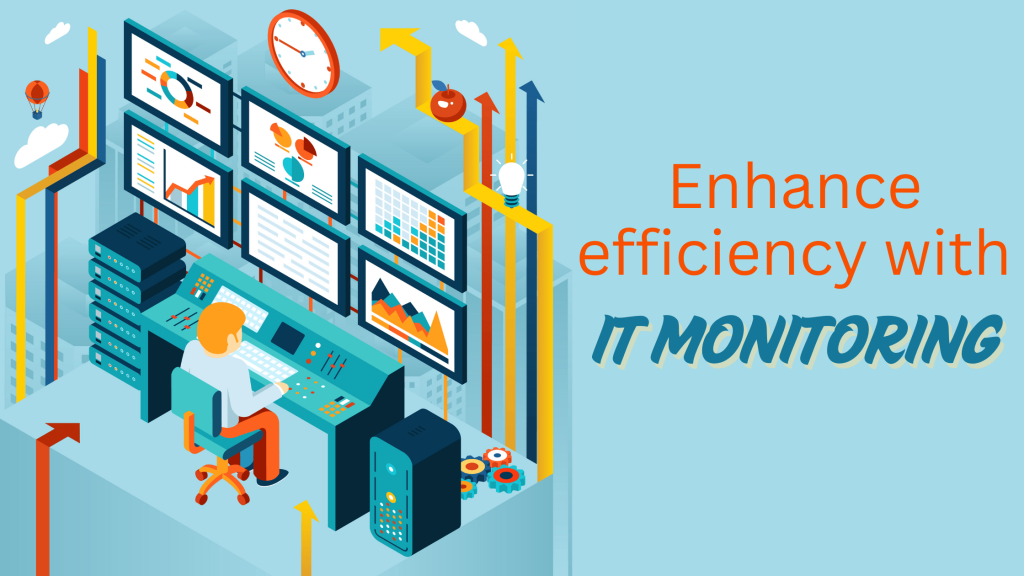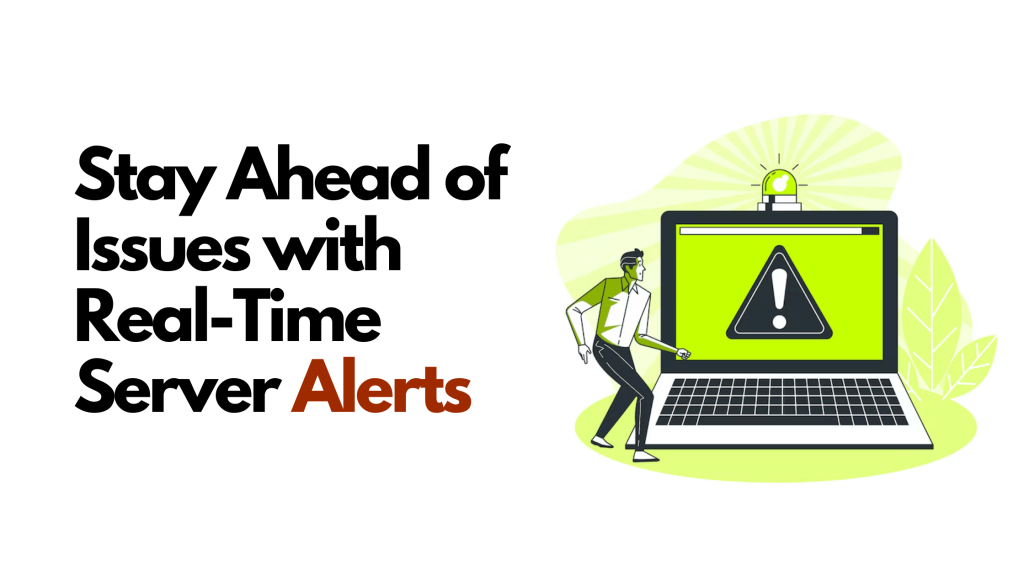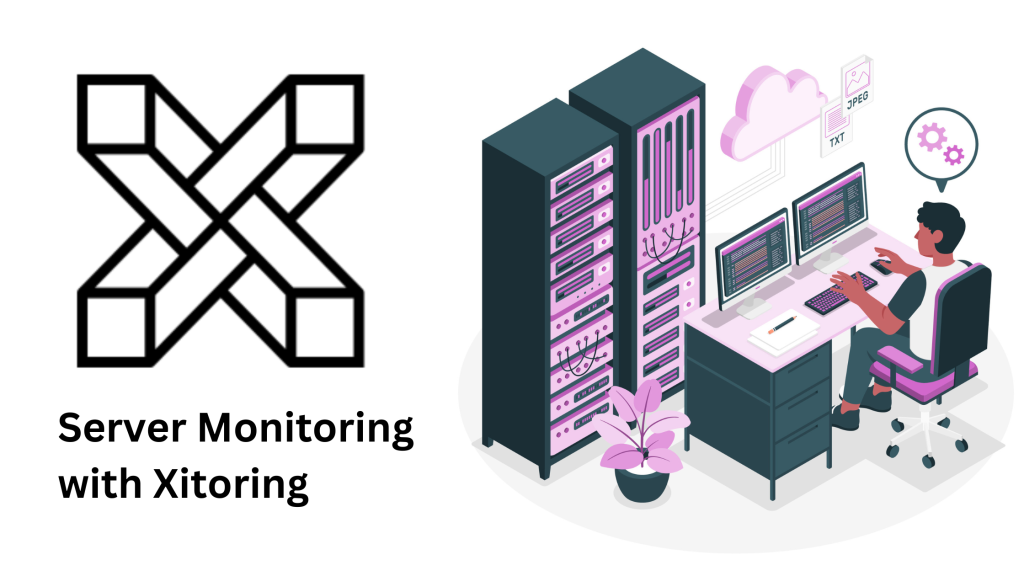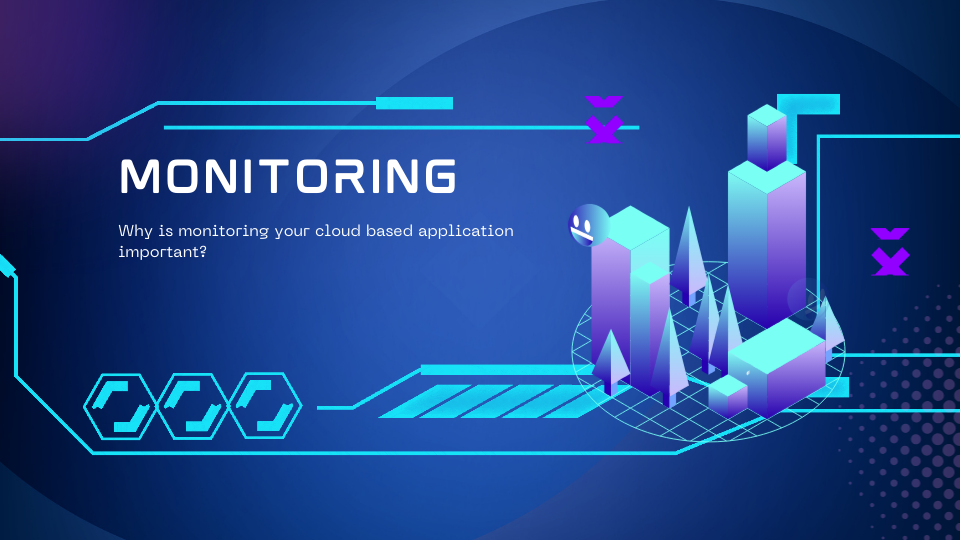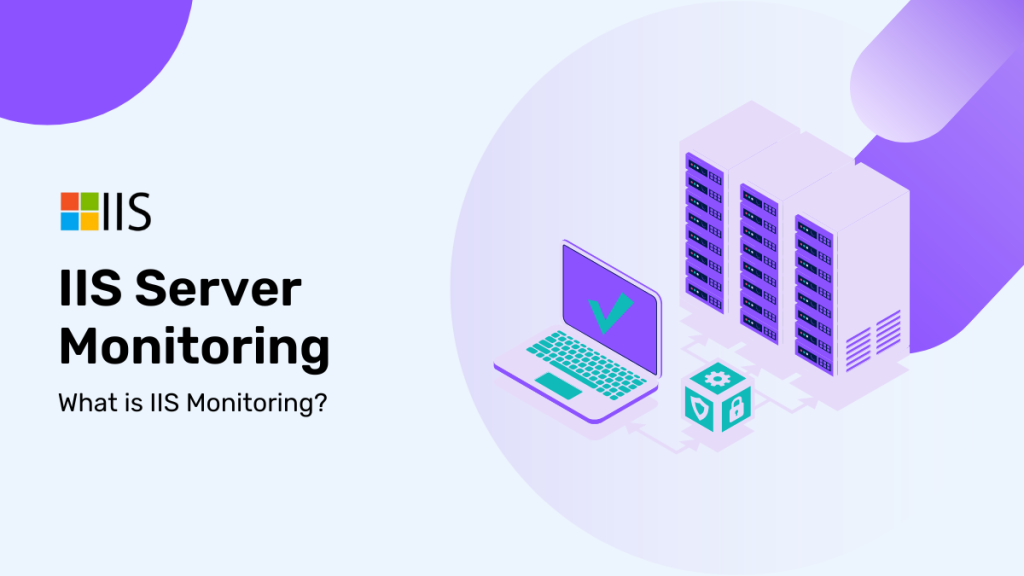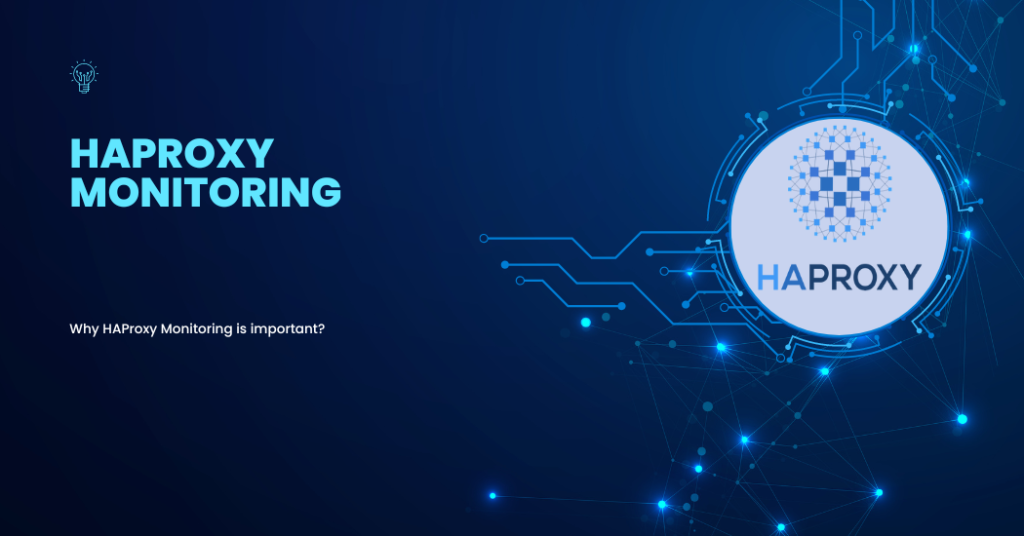Servers in every sector depend on their servers to deliver seamless and uninterrupted performance. Ranging from serving websites to servicing mission-critical applications, servers constitute the foundation of modern-day IT infrastructure. But without monitoring, even the most superior systems can experience issues that lead to costly downtime and irate users. This makes server setup for monitoring not an optional add-on, but a mandatory practice to ensure operational effectiveness.
Think about it: just as businesses spend on tools that simplify processes and reduce risks, server monitoring is a preventive measure to ensure all runs smoothly and efficiently. Being able to monitor system performance and resolve potential problems before they turn into full-blown issues can save enormous time and money. It’s similar to keeping your online presence available all the time, which is critical to ensure customer satisfaction and trust.
